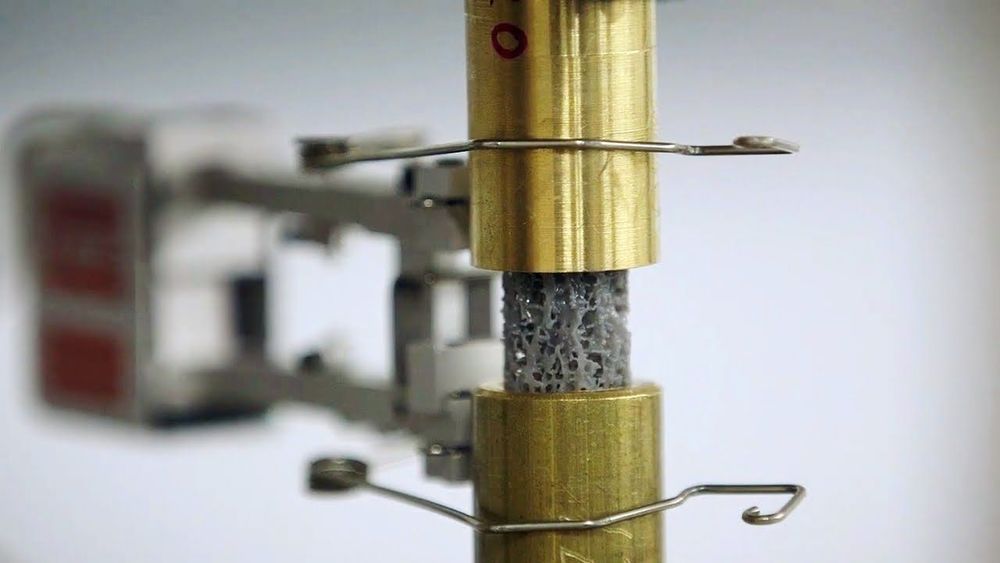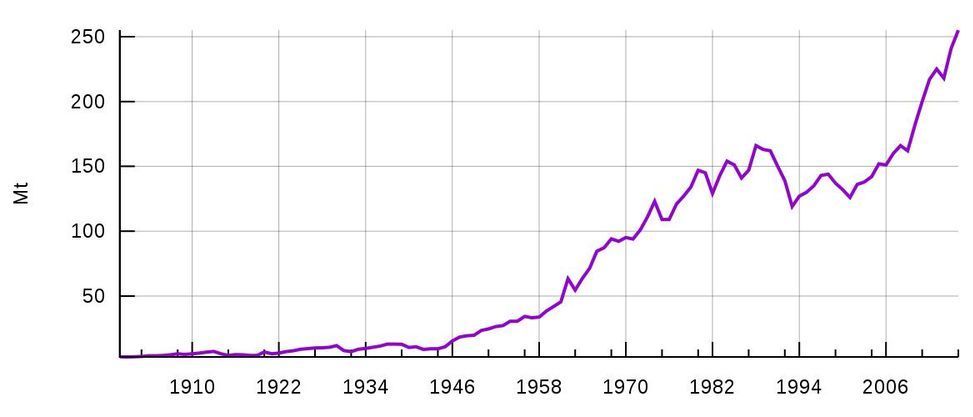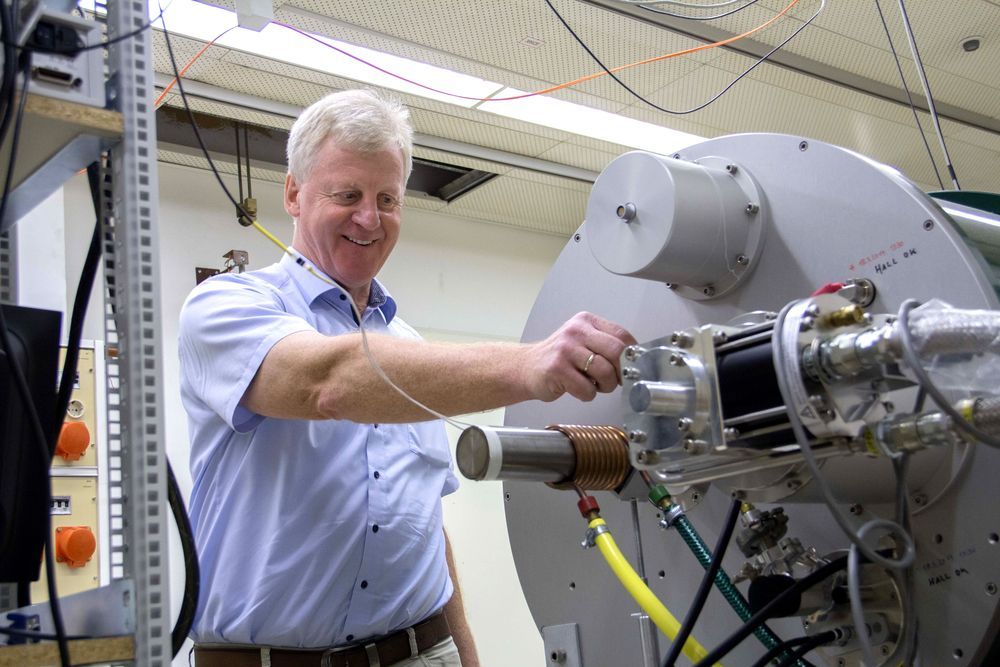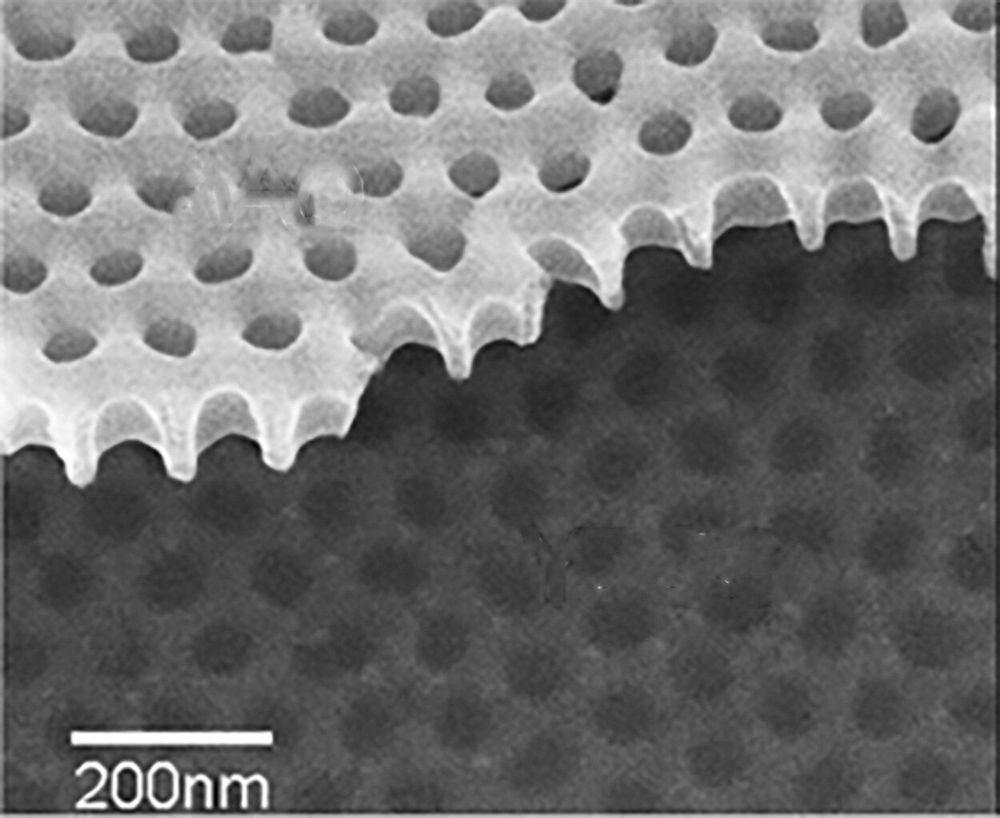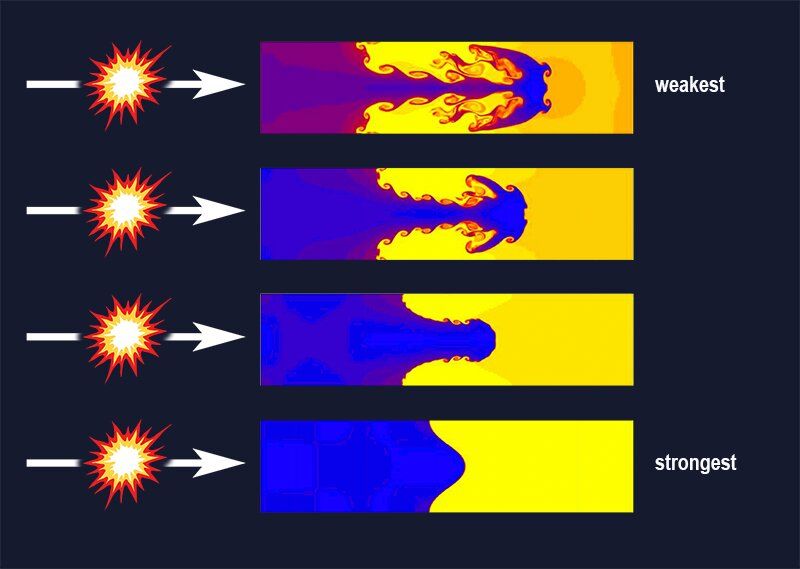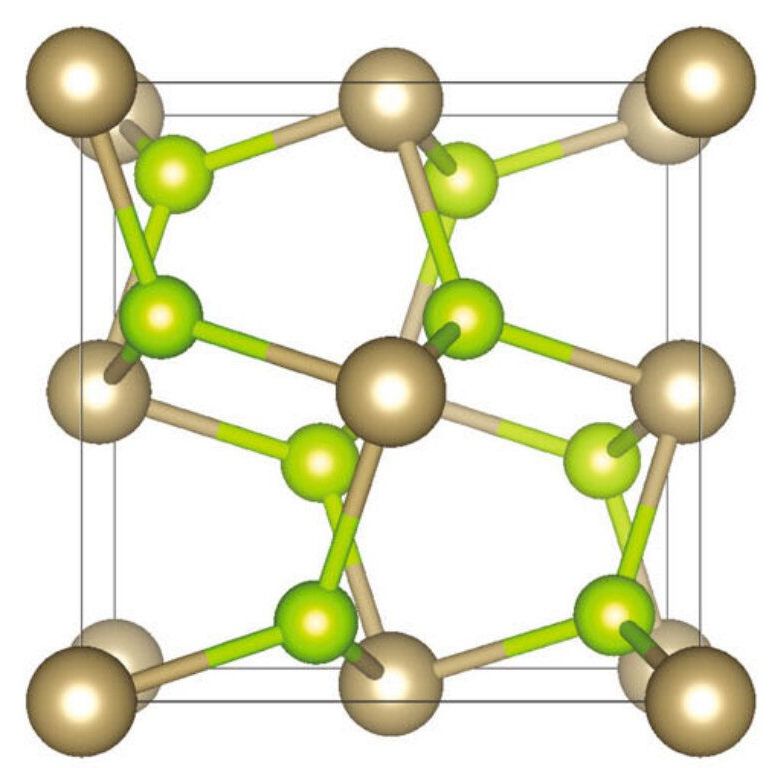Nov 22, 2019
Bone breakthrough may lead to more durable airplane wings
Posted by Paul Battista in categories: biotech/medical, materials
Cornell researchers have made a new discovery about how seemingly minor aspects of the internal structure of bone can be strengthened to withstand repeated wear and tear, a finding that could help treat patients suffering from osteoporosis. It could also lead to the creation of more durable, lightweight materials for the aerospace industry.
The team’s paper, “Bone-Inspired Microarchitectures Achieve Enhanced Fatigue Life,” was published Nov. 18 in the Proceedings of the National Academy of Sciences. Co-authors include Cornell doctoral students Cameron Aubin and Marysol Luna; postdoctoral researcher Floor Lambers; Pablo Zavattieri and Adwait Trikanad at Purdue University; and Clare Rimnac at Case Western Reserve University.
Continue reading “Bone breakthrough may lead to more durable airplane wings” »
